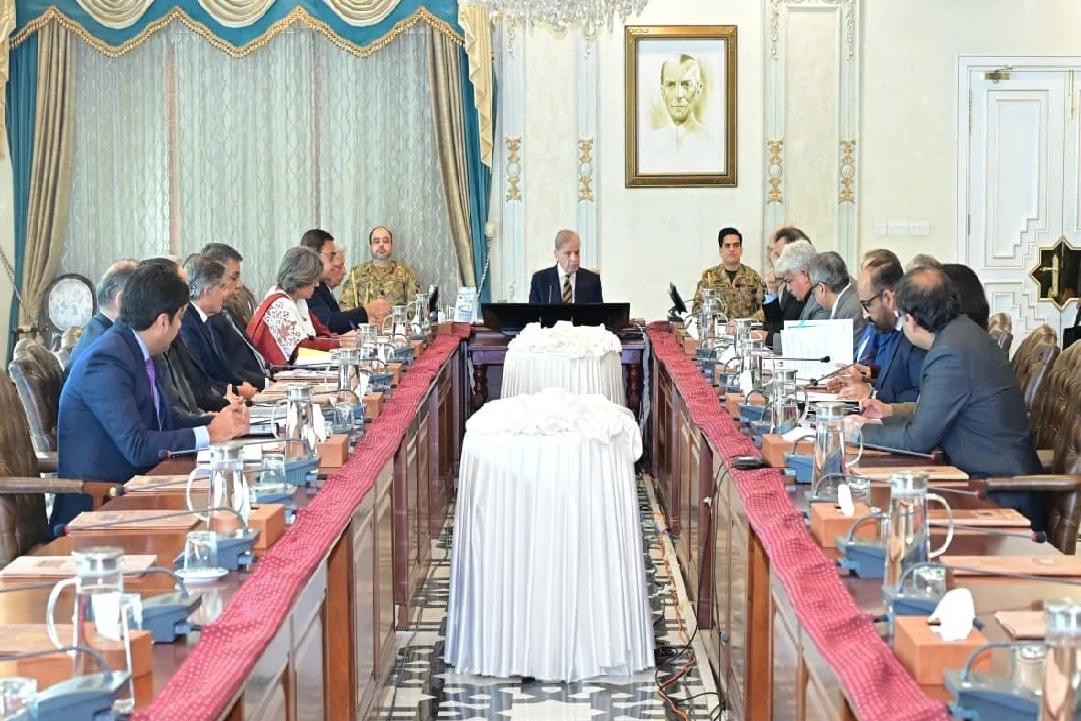Mass outpouring appeared to be the largest such demonstration in 11 months of war


Tel Aviv (AP):Tens of thousands of grieving and angry Israelis surged into the streets Sunday night after six more hostages were found dead in Gaza, chanting “Now! Now!” as they demanded that Prime Minister Benjamin Netanyahu reach a cease-fire with Hamas to bring the remaining captives home.
The mass outpouring appeared to be the largest such demonstration in 11 months of war and protesters said it felt like a possible turning point, although the country is deeply divided.
Israel’s largest trade union, the Histadrut, further pressured the government by calling a general strike for Monday, the first since the Oct. 7 Hamas attack that started the war. It aims to shut down or disrupt major sectors of the economy, including banking, health care and the country’s main airport.
Cease-fire negotiations have dragged on for months. Many blame Netanyahu for failing to reach a deal, which opinion polls show a majority of Israelis favor. But the prime minister also has significant support for his strategy of “total victory” against Hamas, even if a deal for the hostages has to wait.
Thousands of people, some of them weeping, gathered Sunday night outside Netanyahu’s office in Jerusalem. In Tel Aviv, hostages’ relatives marched with coffins to symbolize the toll.
Three of the six hostages found dead — including an Israeli-American — were reportedly scheduled to be released in the first phase of a cease-fire proposal discussed in July. This fueled fury and frustration among the protesters.
“Nothing is worse than knowing that they could have been saved,” said Dana Loutaly. “Sometimes it takes something so awful to shake people up and get them out into the streets.”
The military said all six hostages were killed shortly before Israeli forces arrived. “Whoever murders hostages doesn’t want a deal,” Netanyahu said, blaming the Hamas for the stalled negotiations.
One hostage was Israeli-American Hersh Goldberg-Polin, 23, a native of Berkeley, California, who lost part of his left arm to a grenade in the attack. In April, Hamas issued a video that showed him alive, sparking protests in Israel.
The army identified the others as Ori Danino, 25; Eden Yerushalmi, 24; Almog Sarusi, 27; Alexander Lobanov, 33; and Carmel Gat, 40.
The Israeli Health Ministry said autopsies had determined the hostages were shot at close range and died on Thursday or Friday. The army said the bodies were recovered from a tunnel in the southern Gaza city of Rafah, around a kilometer (half a mile) from where another hostage was rescued alive last week.
Lt. Col. Nadav Shoshani, a military spokesperson, said Israeli forces found the bodies several dozen meters (yards) underground as “ongoing combat” was underway, but that there was no firefight in the tunnel itself. He said there was no doubt Hamas had killed them.
Hamas has offered to release the hostages in return for an end to the war, the withdrawal of Israeli forces from Gaza and the release of a large number of Palestinian prisoners, including high-profile militants.
Izzat al-Rishq, a senior Hamas official, said the hostages would still be alive if Israel had accepted a U.S.-backed cease-fire proposal that Hamas said it had agreed to in July.
Funerals began, with more outrage. Sarusi’s body was wrapped in an Israeli flag. “You were abandoned on and on, daily, hour after hour, 331 days,” his mother, Nira, said. “You and so many beautiful and pure souls.”

When your AI boyfriend gets you better than your spouse
- 12 minutes ago

Technical, vocational training system being aligned with int’l standards: PM Shebaz
- 2 hours ago
NFL playoff-clinching scenarios: Which teams can secure a berth in Week 16?
- 10 hours ago

Field Marshal Asim Munir pledges to cement defence ties with Libya
- 2 hours ago

The global shadow economy behind Trump’s latest move on Venezuela
- 9 hours ago
What is going on with Trevon Diggs and the Dallas Cowboys?
- 10 hours ago

The low, low cost of ending extreme poverty
- 9 hours ago

Inside the high drama of the iPhone 4
- 11 hours ago
Pakistan Navy launches fourth Hangor Class submarine 'Ghazi' in China
- 19 hours ago

Prime Minister Shehbaz Sharif has approved Halal meat export policy
- an hour ago

You need to listen to Sudan Archives’ violin opus for the club
- 11 hours ago

Everything is a mockumentary now, thanks to Rob Reiner
- 9 hours ago



